Calbright College: When Good Ideas Don’t Work
Back in 2018, an initiative championed by Governor Jerry Brown of California to provide free, online post-secondary certificates launched with roughly $140,000,000 in public start-up funding and annual commitments of $20,000,000.
By 2021, that investment in taxpayer dollars had produced a little over 800 enrollments and a total of 80 completed certificates. As of early 2022, Calbright has achieved just over 1,000 enrollments and has still conferred less than 100 completed certificates.
How is that possible? Of course, the organization has still not spent something on the order of $70 million of the initial start-up funds and their annual operating budget was cut last year to $15M, but it is clear that Calbright has spent many tens of millions of dollars to serve what amounts to a handful of students. The cost per certificate is likely in the neighborhood of $1 million each.
A 2020 state audit suggested that “the college had inadequate support services, lacked a process for helping students land well-paying jobs and made little progress setting up its operations.”
It is more than a little ironic that part of Gov. Brown’s motivation for starting Calbright College was to provide an alternative to for-profit vocational schools in California. Ironic, because one thing that career colleges almost always do better than public institutions, including Calbright, is student support, particularly as it relates to career services. It is not unusual for a career college to successfully serve similar enrollments to Calbright, but through entire associate degree programs, with typically 400 to 500 percent higher completion rates and at a tiny fraction of the cost.
Many, many folks in the post-secondary ecosystem have been tasked with launching new programs and new institutions, including fully online models. This covers career colleges, vocational schools, industry based and private sector programs and virtually all of them have done so for a tiny fraction of $140 million as well as a small fraction of the annual operating budgets awarded to Calbright College. In fact, as someone who has run multiple organizations in higher education and across the post-secondary space, I’m at a loss as to how an executive team could spend that amount of money on that kind of program for that number of students even if the goal was simply to waste a hundred million dollars.
The idea for Calbright had and has great merit. The post-secondary landscape is currently undergoing profound disruption and change. Higher education in the U.S. currently serves 3.72 million fewer students today than it did in 2011 and this is primarily because the value proposition of college degrees is growing more dubious. The growth in post-secondary education in is short-term, industry recognized certificate programs like those offered by Calbright College, but what this experiment has proven is that you can’t even give the education away if students don’t perceive a compelling opportunity and low friction service experience. They will pay for alternatives (private sector boot camps, Google, Microsoft and Cisco certificates, and yes, even for-profit career colleges) if they see currency in the credential and direct path to employment, raises, promotions, etc. The market will absolutely accommodate new, non-degree options, and those can be provided for free by public entities, but only if potential students see a compelling value proposition, which involves much more than just cost.
Read on for news on attempts to close Calbright.
